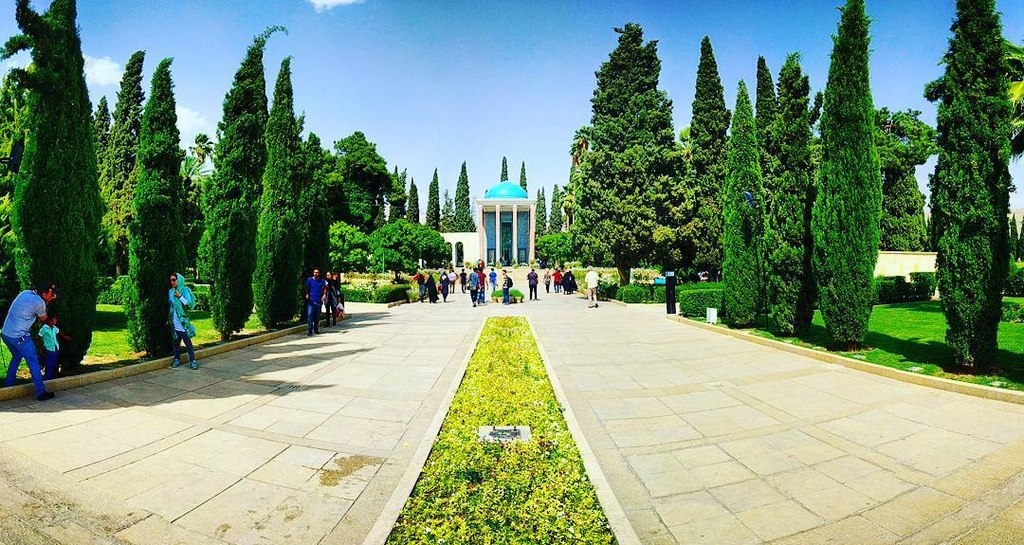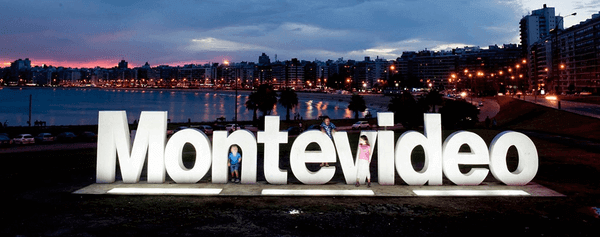City
Shiraz
Main actors
City Government, National Government, Private Sector, other
Project area
Whole City/Administrative Region
Duration
2008 - 2018
Increasing green space and limiting unbridled development through reforestation.
Large scale urbanization has occurred all over Iran. In the city of Shiraz, the population has grown from 170,656 to 1,455,073 in just 53 years. This population increase has led to uncontrolled construction causing poor living conditions, pollution, and high energy consumption. As a result of this, in 2008 the municipal government launched Shiraz – the Green City project. The main aim of this initiative is the reforestation of the city’s periphery. The project encourages citizens to plant gardens on rooftops and the private sector to adhere to the City’s development plan with all construction projects.
On Map
The Map will be displayed after accepting cookie policy



